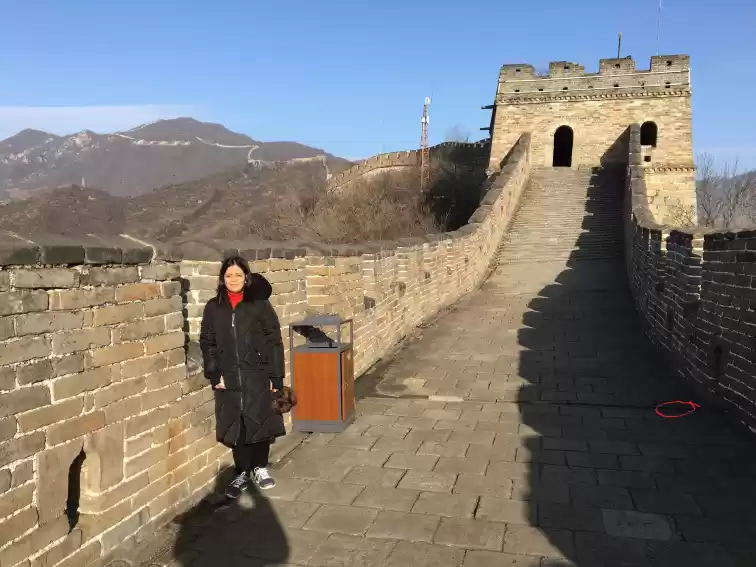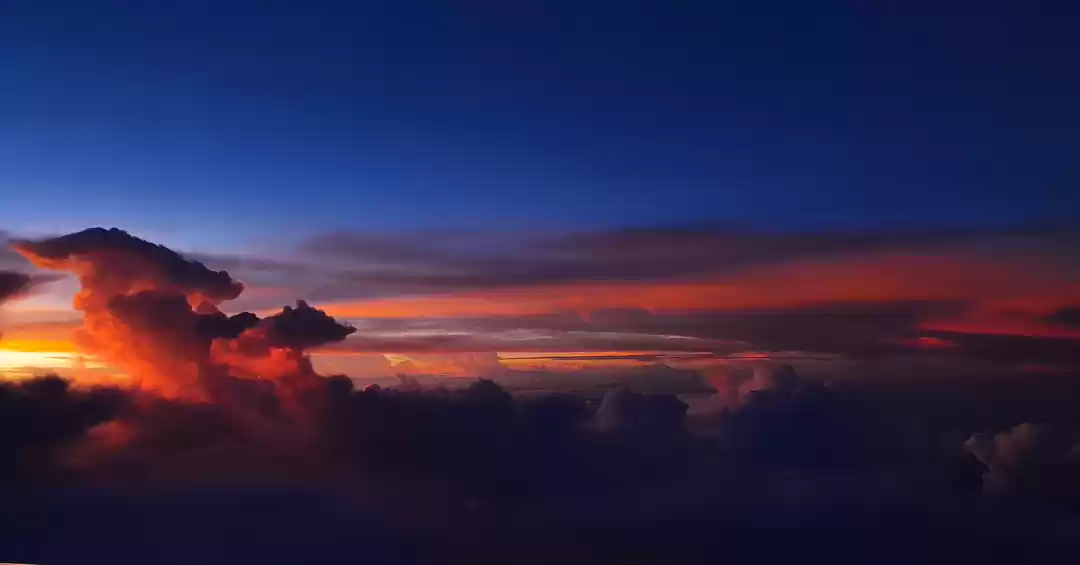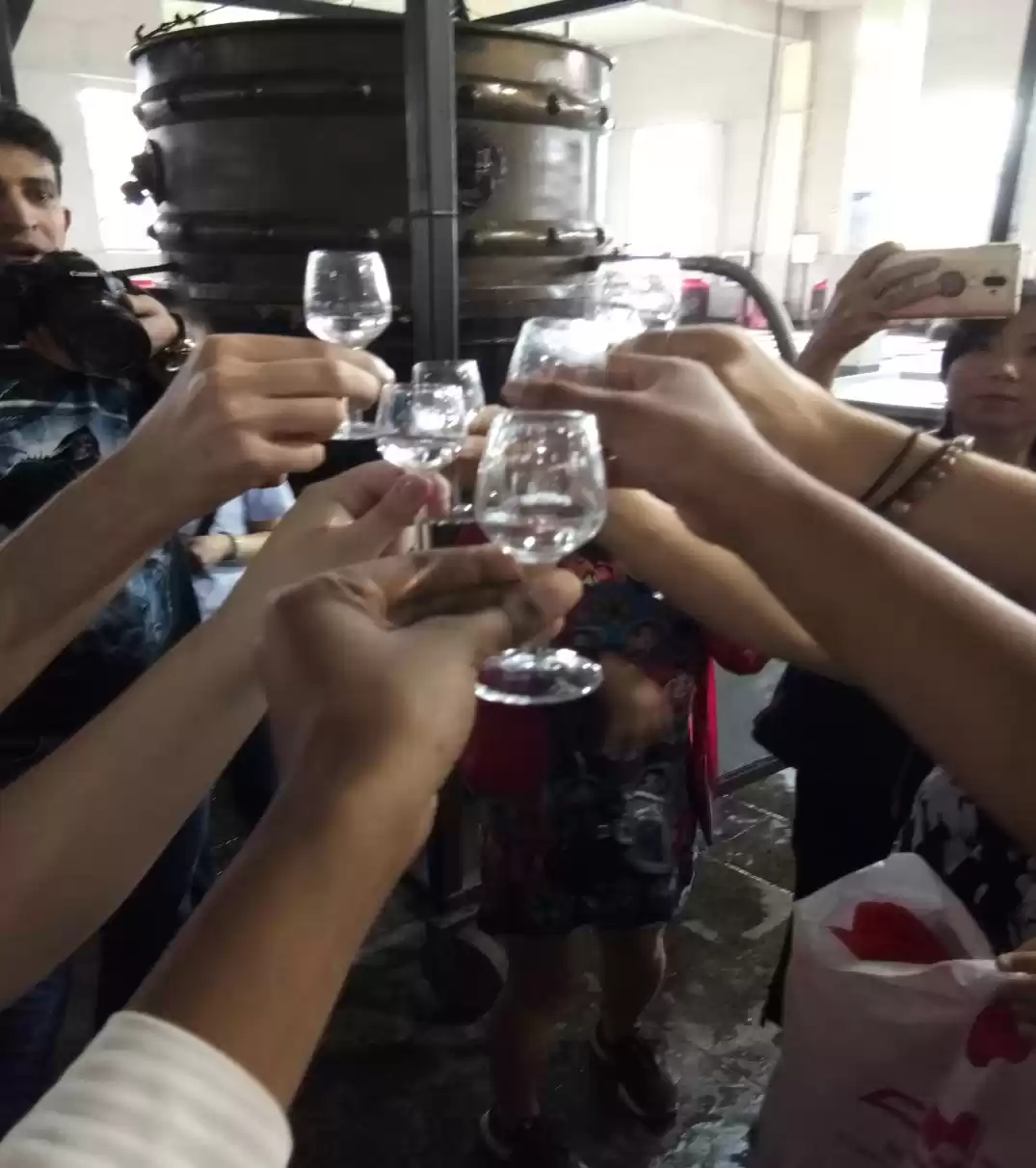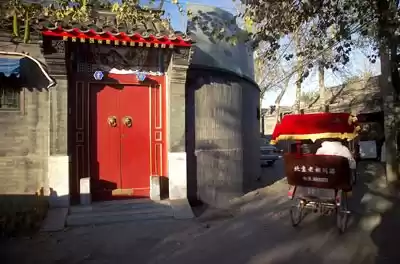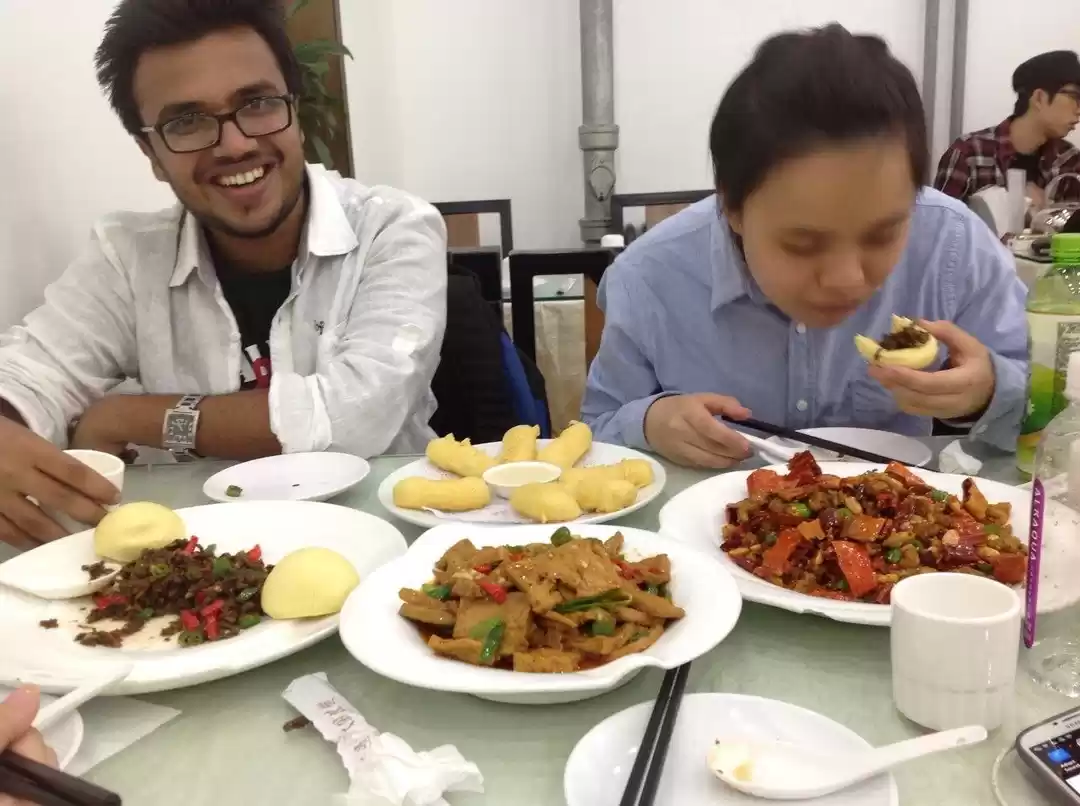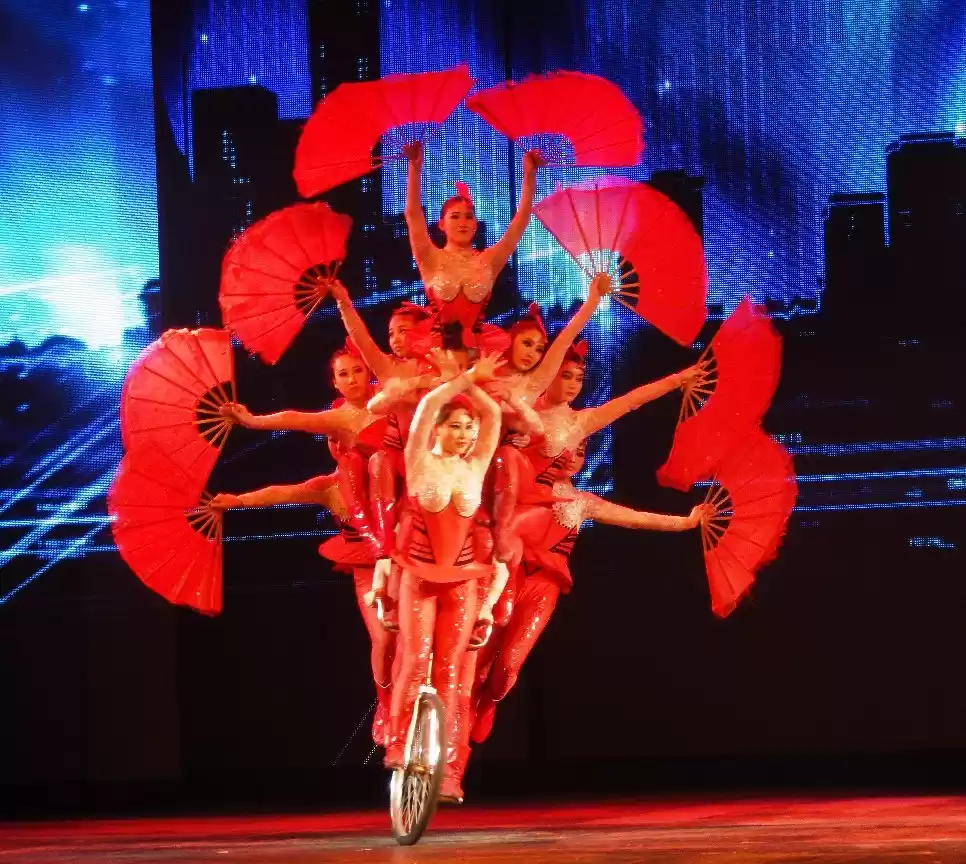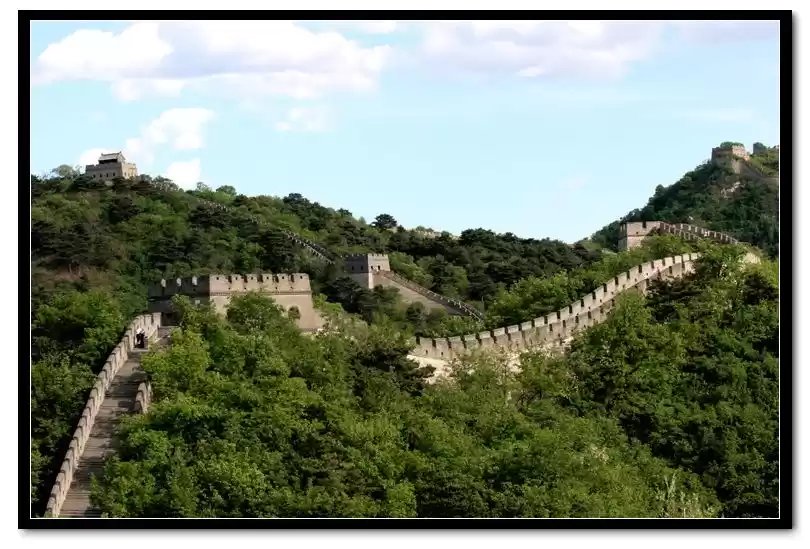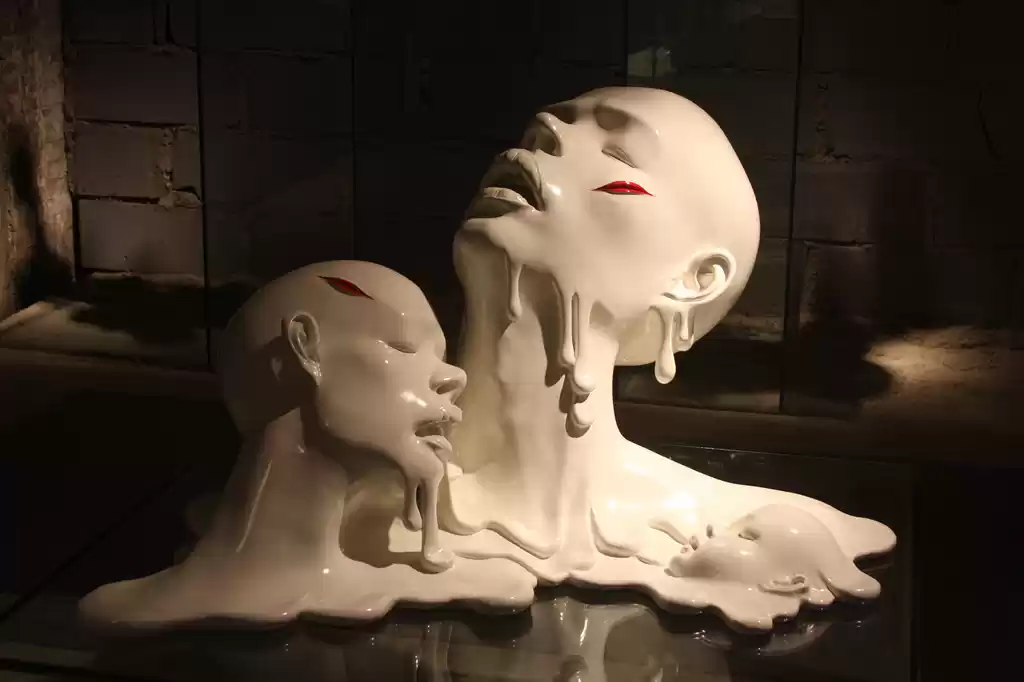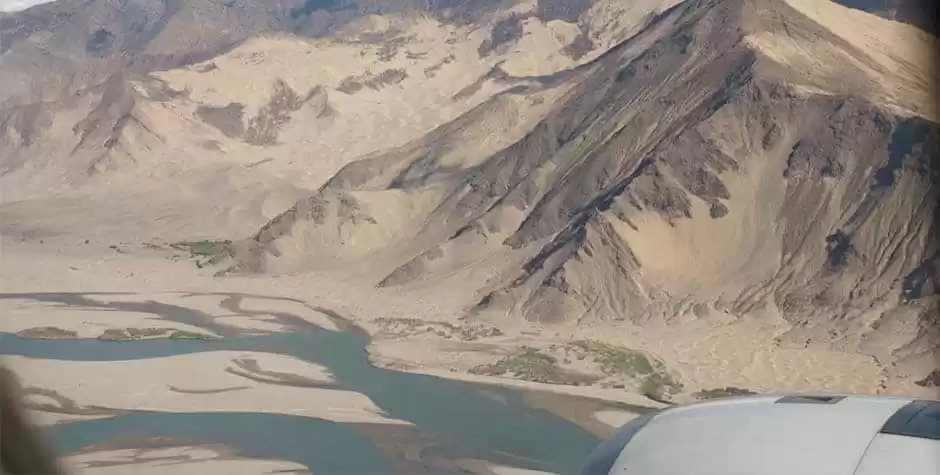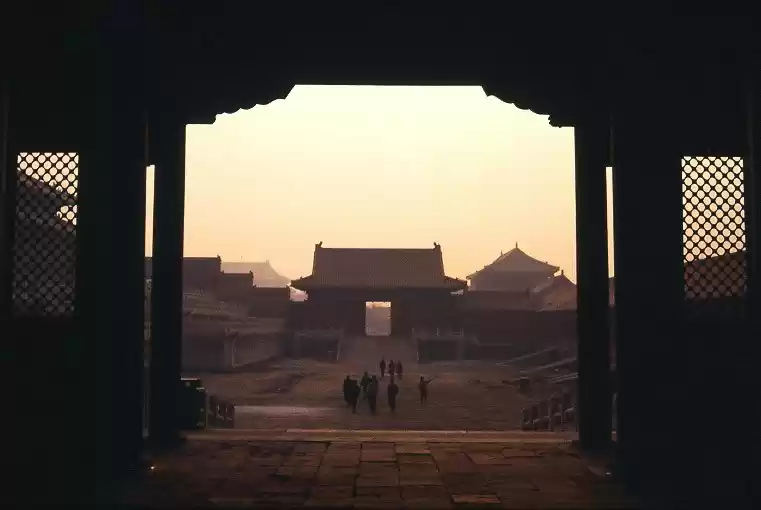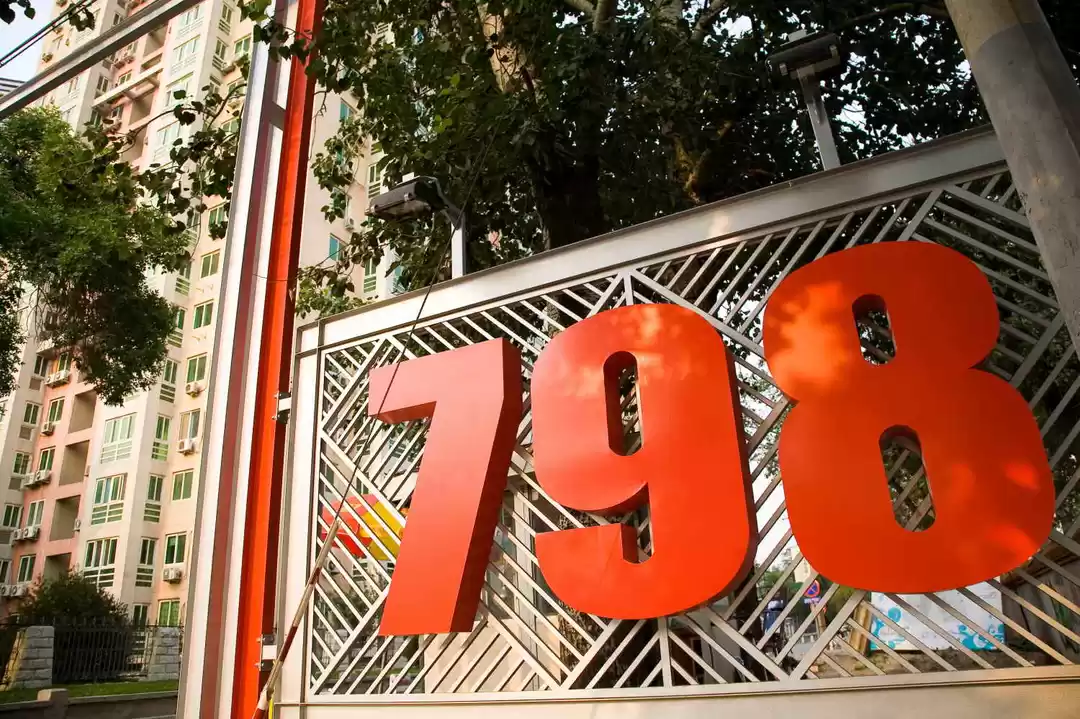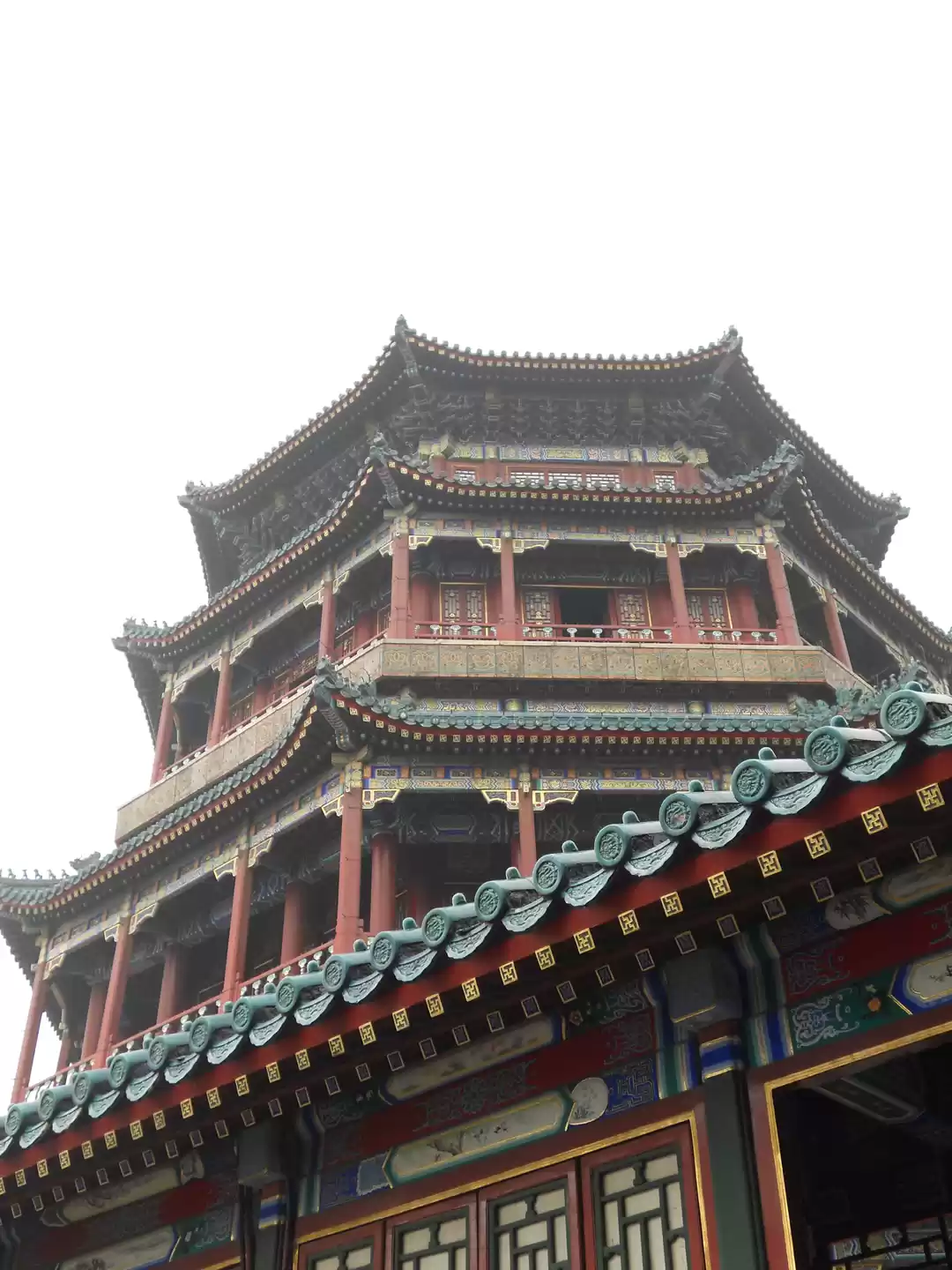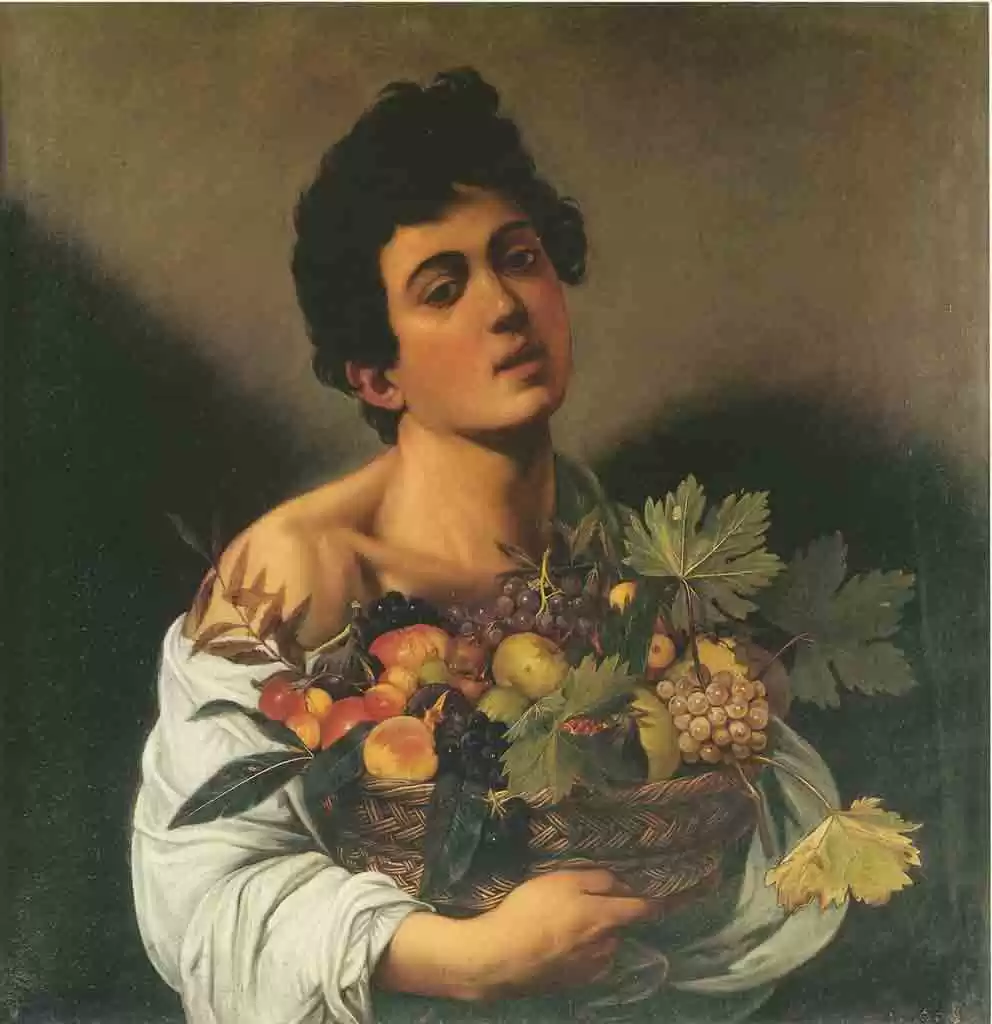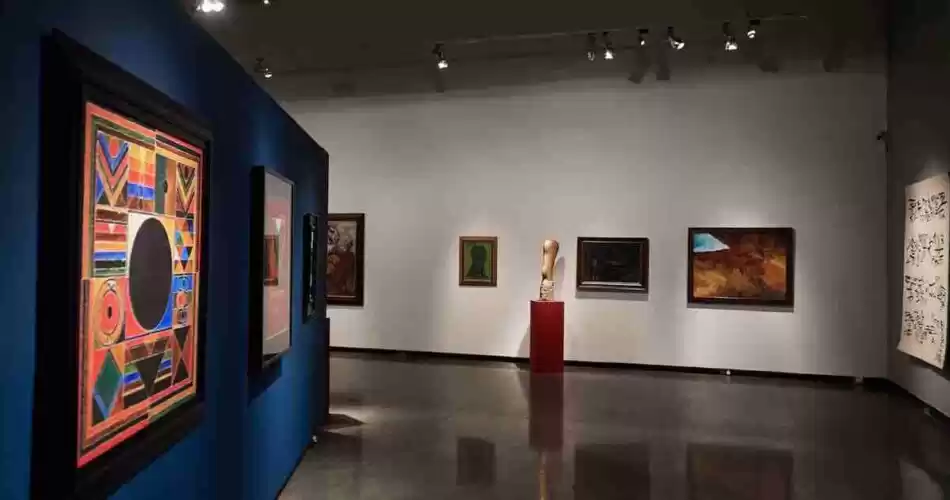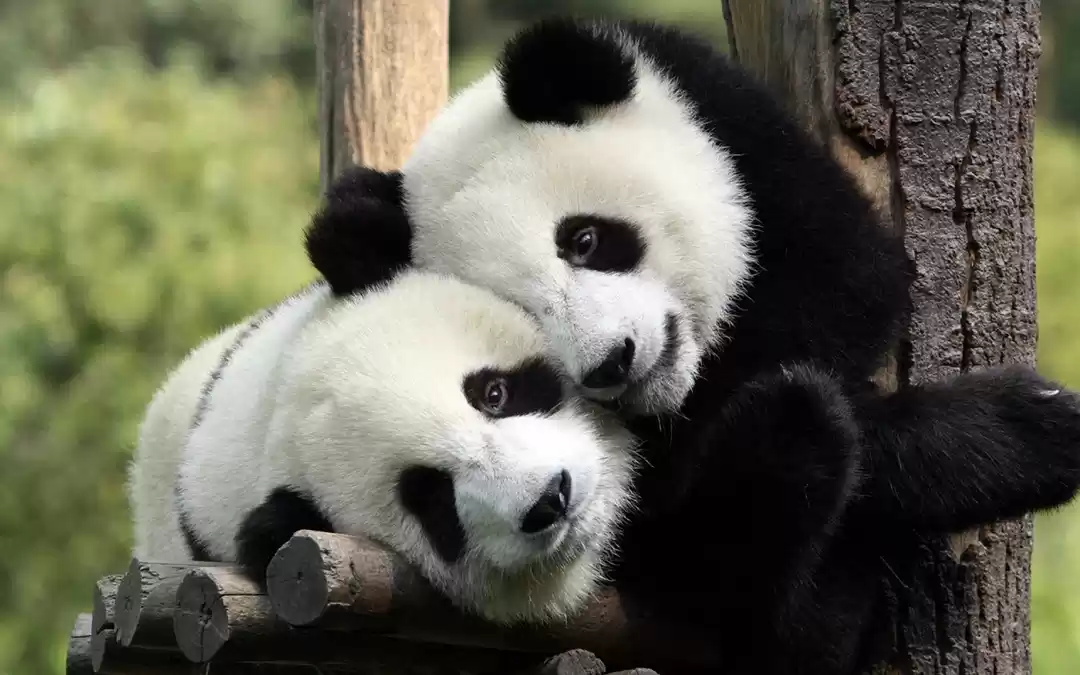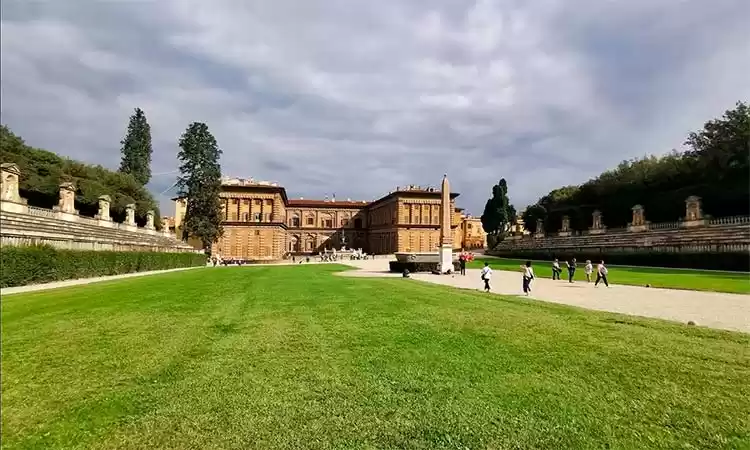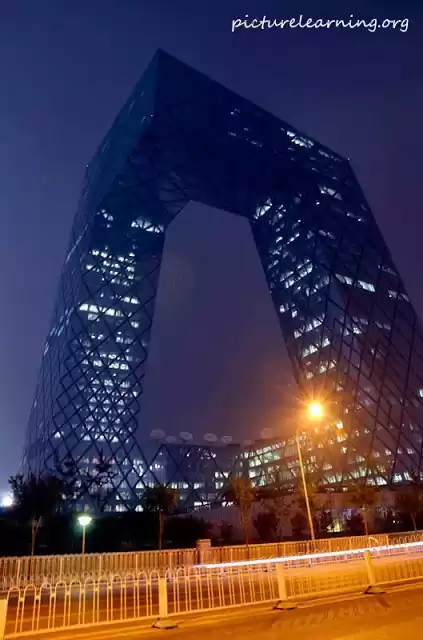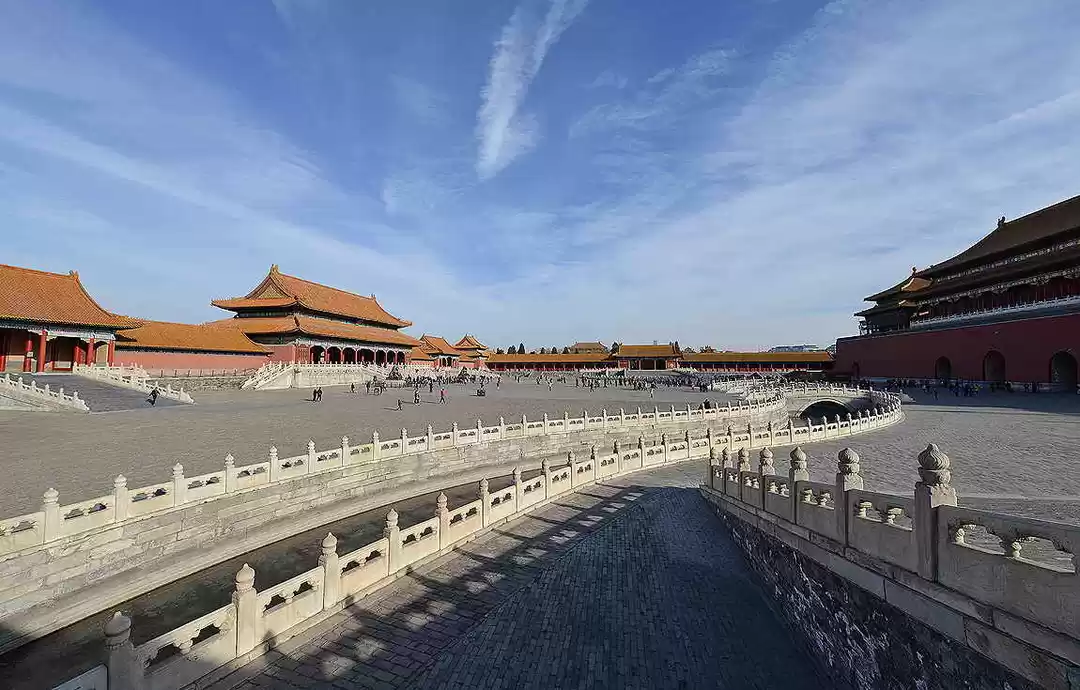

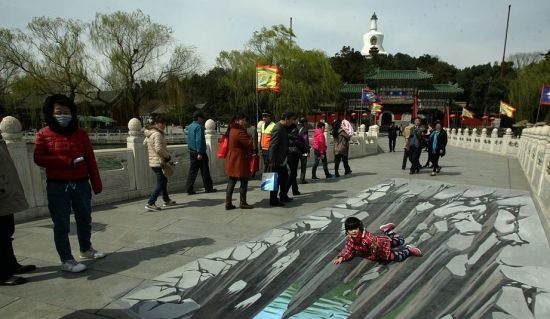


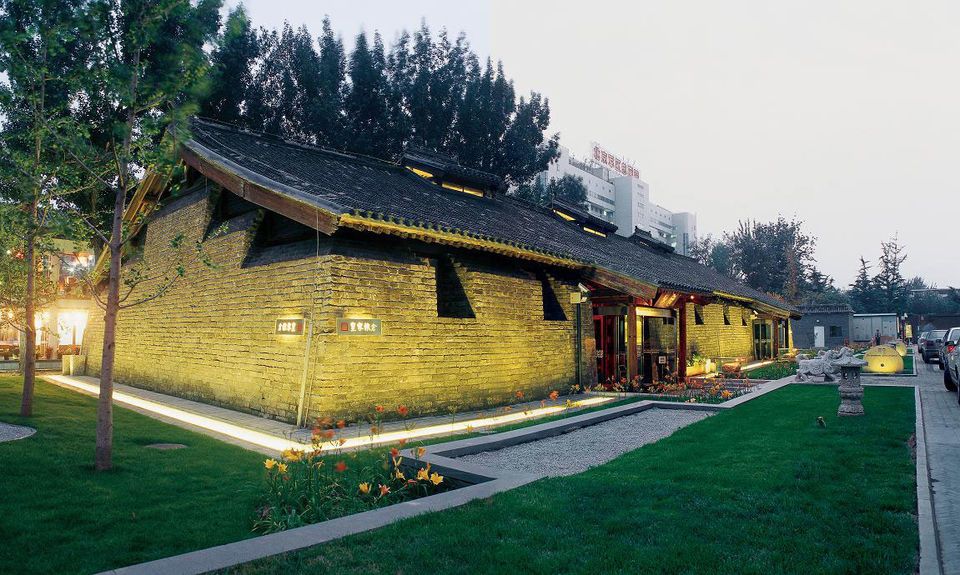

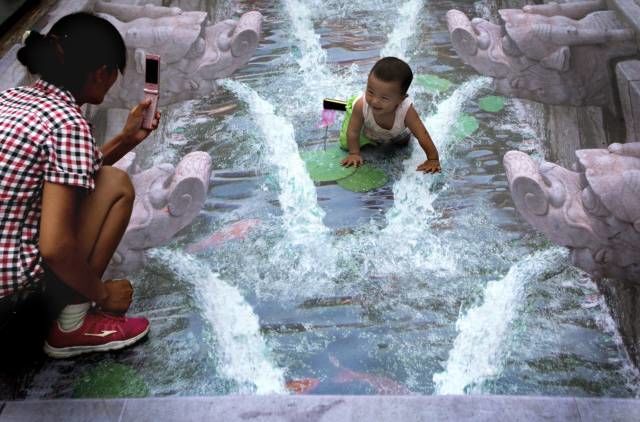
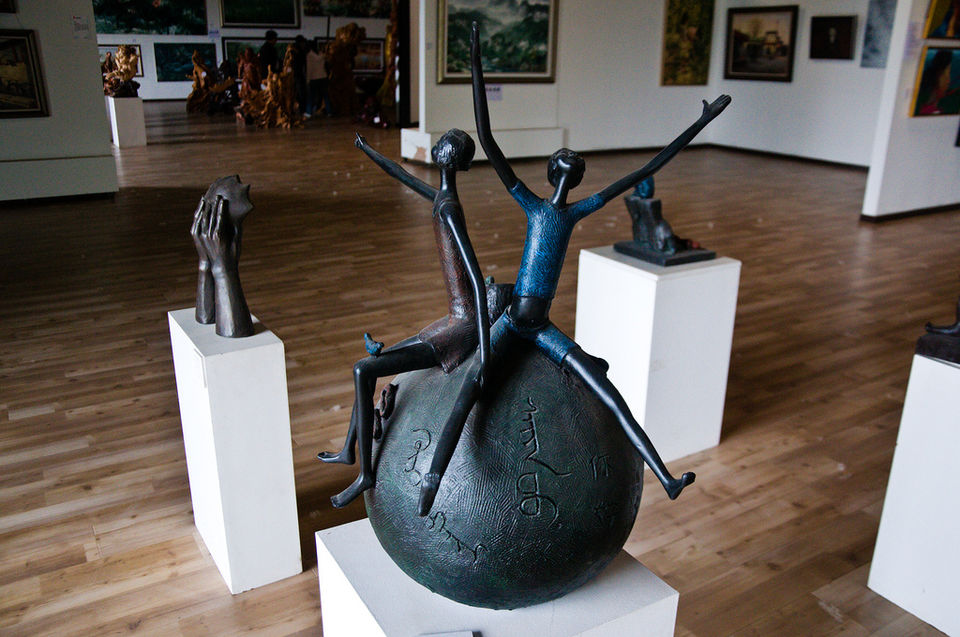


Handing over 3000 RMB to the police he turned to me and said, “This is a very small price for the act of expression.”
“Surely it’s a great way to make the streets beautiful,” I said.
Prompt came the reply, “Beautiful? No, no. This is a way of making this city our own. To showcase our emotions, issues that matter or to simply release our anger.”
This was my first conversation with an artist in one of the otherwise dark tinted uninterrupted back alleys of Beijing. Painting something that didn’t go well with the police or political system in the city; the graffiti’s destination is well known. It would be painted over in no time. But writing on walls is not new in China. The same method was used to paint revolutionary slogans in 1920s to further the communist cause. So it won’t be completely wrong to say that in a way it is in the native blood.
Beijing is an art lover’s bliss. The city has found a release for its coy nature in form of some discerning art. The well-elucidated colorful strokes of every painting upgrade this otherwise grey capital. Art and history are two things that are well cherished in Beijing. A city with such historical charm has managed to attract many artists. The growing artist colonies stay proof to this. Songzhuang art colony is a classic example. Street art as a culture is taking root in Beijing, though slowly and restrictively. I say restrictively because every district here is home to a limited number of artists.
The clandestine camaraderie between the artists and gloomy street walls has led to an extricating depiction of matters close to every local. This extremely populated city manages to be inspirational even today with its sparkling cityscape and space for idiosyncratic expression. Qianmen Street, 798 Art Zone and Nanxincang are best places to experience this yourself. So ditch the overcrowded tourist places and see a new side of Beijing. Take some time out, set out on foot to explore the artistic pleasures this city entails. Yes, take time out to stand and stare, to wonder at the equanimity of temper expressed along the narrow lanes. Give this side of the city a chance and before you know it, you would have fallen in love with this ruffian self. There is no denying that a trip here is incomplete without going to the Great Wall of China or the numerous temples but there is so much more waiting to be discovered here.
Beijing is a land of contrast, a land of that preserves the old and promotes anything new. If you move around this capital of China, you will find yourself staring at Soviet-styled monuments, vanished temple and skyscrapers birthing from the same premises. It was a seat of the Ming and Qing dynasty emperors and so the gradual change in the historical winds is embedded in its architecture. A walk down some narrow streets and the distinct influence from all schools of architecture is palpable. The city reiterates its culture through a fine line up of museums and art galleries. Museum of Beijing Stone Inscription Art, The He Yang & Wu Qian Modern Art Gallery, Red Gate gallery and National Art Museum of China (NAMOC) are some that were a part of my trip.
Beijing truly is a remarkable citadel of China. Don’t be afraid of the crowd, they will unveil stories you never imagined.
I started my journey from Qianmen Street which is south of Tianmen Square. It is a pedestrian street in the architectural style of old Beijing. The architecture therefore is impressive. Along the street is a water fountain that had been created by a 3D street artist. I started this trip by trying to capture myself believably in this 3D painting. 3D paintings are on a rise in streets where more tourists are expected and Qianmen Street is a good example of it. The area has some shops and restaurants. A quick meal and you will be set for the entire day.

This is one of the most famous places that has successfully attracted many artists, poets and painters over the years whether Chinese or from other parts of the world. It is also known as Dashanzi Art District and is 18 km away from the first stop. It is one of the biggest and celebrated art area in Beijing. The area has its roots in the abandoned factory buildings. The art area of 798 can trace back to 2003, when an abandoned factory was rented to a freelance painter, who opened his own art gallery. 798 refer to the name of the factory. The spacious site is a welcome for art galleries and ambitious projects. It goes without saying that 798 has become a hub of contemporary art in modern Beijing. It is a well suited area for art galleries. A walk down the area will help you see the preserved appearance of old factories, rusty steel construction or abandoned site. It is like reliving the past of 798 factory in the old city of Beijing. Today this place holds top quality exhibitions, quaint museums, cafes, cinema screening films most days. It is perfect example of upholding traditions in a modern city. The rustic charm that it endorses truly made it one of my favourite places in the city.

After a much long walk around 798 Art Zone, I decided to catch a quick break at a former imperial garden of Beihai Park which is barely 16 km away. Don't miss this place as it contains numerous historically-important structures, palaces, and temples. First built in the 11th century, it is among the largest of all Chinese gardens. But what excited me the most was the captivating 3D artwork in the park known as "Broken Bridge". The artist couldn't have been more literal. Situated in the northwest of the Forbidden City, this place is beautiful and qualifies for the most relaxing hikes in the city.

Nan Xin Cang was one of the royal granaries for storing grains and rice in the city during the Ming and Qing Dynasties. With 600 years of history, the streets have been carefully recreated to maintain the historical culture of the original Nan Xin Cang. This place depicts a perfect harmony between commercial gains and cultural charm. The old granary is now a popular restaurant and hosts three art galleries, an audio book shop, a tea-house, several bars and restaurants. The place resonates culture through its intricate architecture which originally dates back to 1409. There are ancient grain houses, other replicated traditionally-styled buildings and a 15 storey commercial and office building. With this characteristic charm, this pedestrian street is bestowed with growing love from its visitors. It reflects the simple but elegant architectural style of the Ming.

I then went to Songzhuang art colony which is I have a complete bias for. It is located in Tongzhou District and is the most famous and biggest artist community in Beijing. Painters, sculptors, performing artists, musicians, composers, writers, photographers, name it and you will meet them all in this single colony. It is in true sense home to about thousand artists. It used to be a laid back quite town but has today managed to emerge as the most sought after centre in China’s contemporary art scene. A tranquil place where all dreamers live next to each other! If you are looking for an environment blessed for deep inner contemplation then Songzhuang is what you are looking for. It is the best place to meet the artists, learn some of their struggles and stories of great achievements. You can begin your trip with a visit to the Artists Reception Center on Xiaopu Jie at the village square or to the Songzhuang Art Museum off Xiaopu Jie in northern Songzhuang.

Red Gate Gallery was founded in 1991 by Australian, Brian Wallace, who first traveled to China in 1984. It is a beautiful art space showcasing highly recommended work of art. Wallace established Red Gate Gallery in the Ming Dynasty Watchtower at Dongbianmen. The unusual location atop the ancient walls gives it a traditional feel. The inaugural exhibition of July 1991 showcased the works of Zhang Yajie, Dagong, Wang Lifeng and Wang Luyan. In the last two decades, Red Gate Gallery has been at the epitome of representing contemporary art in Beijing with its chic artistic expression which are modern yet have a traditional touch.

Just 6 km further is the National Art Museum of China and is located on the Wu Si Street. It is focused on displaying, collecting and researching the works of the artists in China modern times. The museum is massive covering an area of 30,000 square meters. There are totally 13 exhibition halls in the museum. The collection is interesting with the old-meets-new concept reflected in the art form. The political and cultural dimensions are well balanced which came as a surprise. The display varieties include excellent works with different time features and different art styles like Chinese paintings, canvases, prints, sculptures, picture posters, pencil sketches, iconography, watercolor paintings and more. It also includes the traditional art works like puppets, shadow play works, kites, mud toys, embroideries and so on. It is not the most beautiful museums you will see but definitely worth a visit. Travel Tip- Make sure to carry your passport for entry.

It is located in the grounds of Five-Pagoda Temple. The museum is arranged on all four sides of the pagoda. It is divided into six sections: comprehensive stone inscription, tablets of merits and virtues, epitaph, calligraphy, temples and guildhalls, and stone carvings. From applauding famous officials for their good deeds on the tablets to 300 inscriptions on tombstones all from different dynasties, made this an highlight of my imperial trip. The guildhalls has collection of inscriptions from provincial and commercial associations while the stone carving section showcase the Yuan Dynasty dragon and phoenix slab stones, and other statues from the Ming and Qing dynasties. This place successfully preserves the history of the many great dynasties.

It was established in October 1996, and its collection consists mainly of paintings by a husband-wife team He Yang and Wu Qian. He Yang loves Western art, and is an accomplished scholar of ancient literature, history and philosophy. He has created amazing modern paintings and his works greatly dominate the western modern part of the display in the museum. Wu Qian learned painting from great Chinese masters as Ye Qianyu and Li Kuchan. A completely enthusiastic painter, she is creatively gifted and this reflects on her unique and vivid style of painting. In addition to exhibiting the couple's paintings, the gallery has also held exhibitions of the works of foreign students at the Central Academy of Fine Arts.



